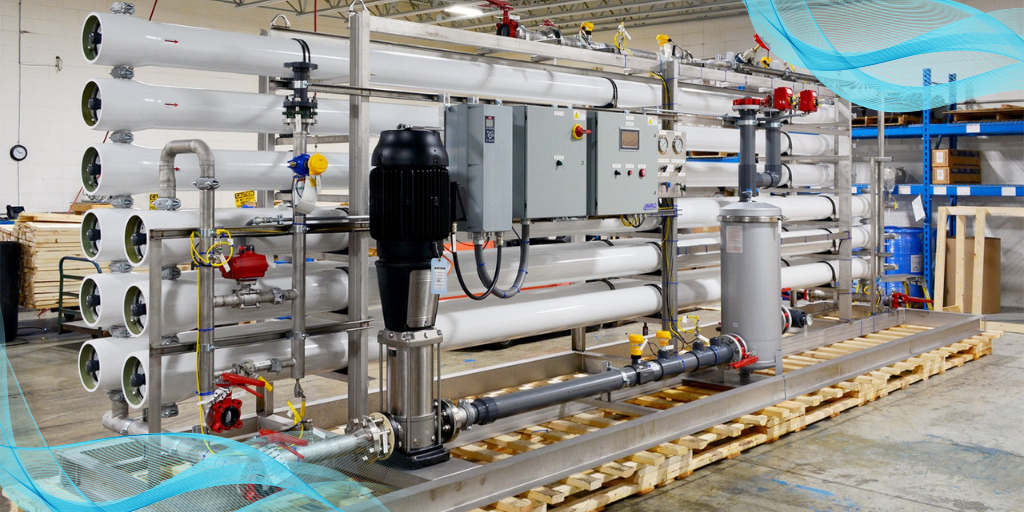The SBT is designed to provide the requisite filtration, aeration, and biochemical processing to remove toxicity, including BOD, COD, nitrate, phosphate, suspended solids, color, odor, and bacteria. Unlike a conventional STP or septic tank where periodically the sludge has to be offloaded, everything is consumed within the plant in this SBT based STP. Raw sewage is pumped to a customized media bed for around five hours (dependent on load and capacity), and clean water flows into the collection tank.
Soil biotechnology is a system which uses living organisms for the treatment of this waste. The water that comes out after treatment is then used for agricultural, gardening & plantation purposes. The solid waste after decomposing is used as manure. Thus disposal process is eliminated. C- SBT/SBT is the patented process developed by Prof. Shankar (IIT-B) of Vision foundation. In soil biotechnology, the soil is used as a media for treating the Wastewater. SBT is a synthesis process that harnesses the energy, carbon, and other waste elements and converts them to precious "bio-energy" products like vegetation, energy-rich soil, complete bio-fertilizer, and water. SBT involves removing organic matter by adsorption, followed by biological degradation and oxygen supply by natural aeration to the treatment system. The photosynthetic activity of green cover serves as a bio-indicator for the kind of micro-habitat in SBT. The SBT is designed to provide the requisite filtration, aeration, and biochemical processing to remove toxicity, including BOD, COD, nitrate, phosphate, suspended solids, color, odor, and bacteria. SBT Uses only natural materials, natural agents (bacteria culture, worms), and natural processes (respiration, photosynthesis, nitrogen fixation)-it is ecologically 100% safe. Unlike a conventional STP or Septic tank where periodically the sludge has to be offloaded, everything is consumed within the plant in this SBT Based STP. Raw sewage is pumped to a customized media bed for around five hours (dependent on load and capacity), and clean water flows into the collection tank.
“SBT is a wastewater treatment process, which is based on a bio-conversion process where fundamental reactions of nature, namely respiration, photosynthesis and mineral weathering take place in a media housing micro & macro organisms which bring about the desired purification. SBT is an oxygen supplying biological engine and so the process can treat all types of water – Sewage Treatment Plant (STP) for domestic/residential municipal clients and Effluent Treatment Plant (ETP) for Industrial clients.
























